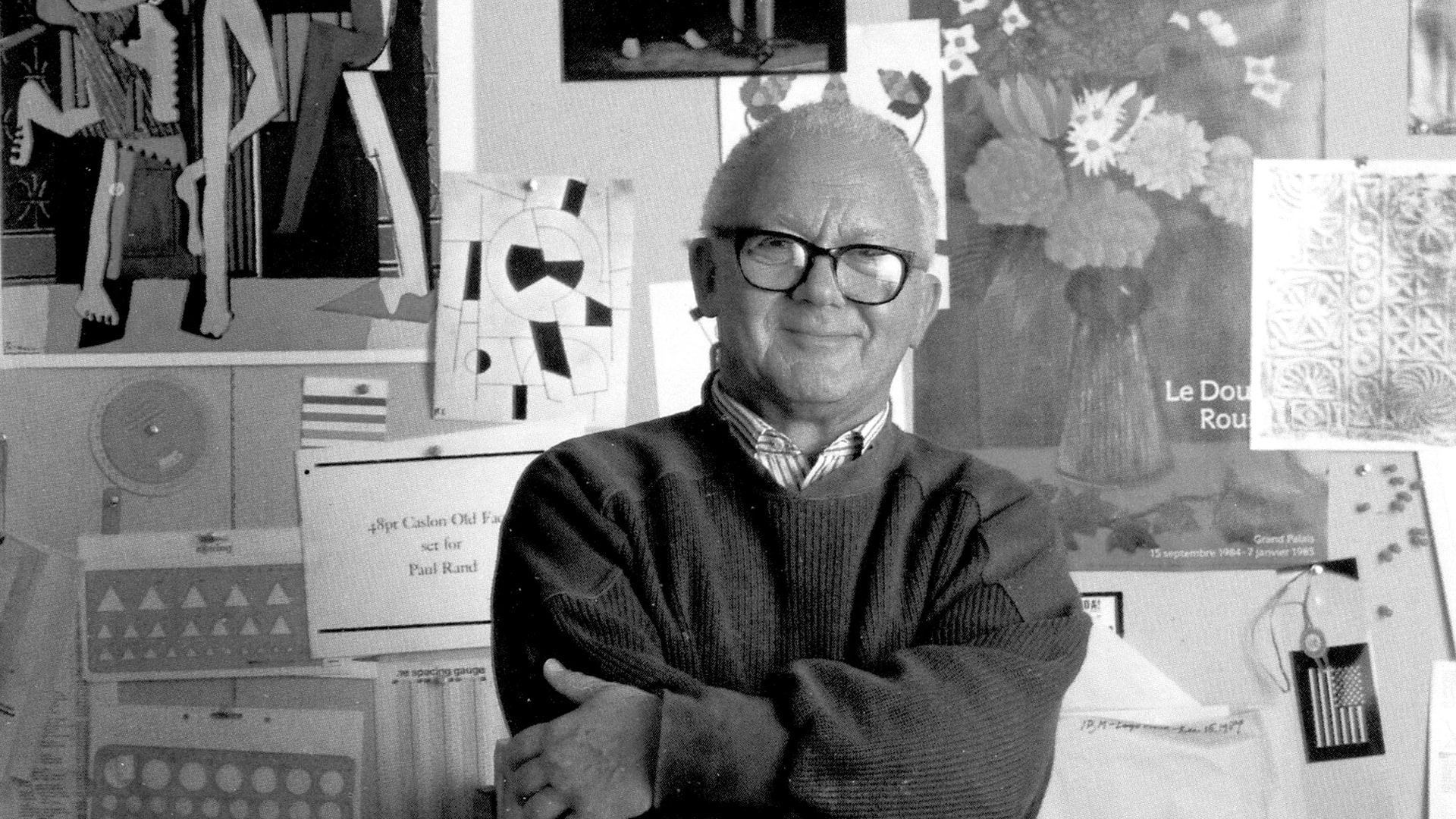Paul Rand was an American graphic designer and art director who is considered a pioneer in corporate identity design. He was born in 1914 and passed away in 1996. Rand’s work was characterized by simplicity, minimalism, and a focus on the essential elements of design. He believed that design should be functional, effective, and visually appealing. According to Rand, aesthetics in graphic design were not just about making things look good, but also about creating meaningful and memorable experiences for the audience.
Rand believed that good design should be both functional and visually pleasing. He argued that aesthetics in graphic design were vital because they helped to communicate the intended message effectively. Rand believed that design was not just about making things look pretty but about creating a visual language that could convey complex ideas in a simple and memorable way. For him, the key to successful design was to strike a balance between form and function.
Rand’s work is known for its timeless quality and ability to communicate ideas clearly and concisely. His designs for companies like IBM, ABC, and UPS are still recognized and celebrated today for their simplicity and effectiveness. Rand’s legacy in the world of graphic design is a testament to the power of aesthetics to communicate complex ideas and to create memorable experiences for audiences.

